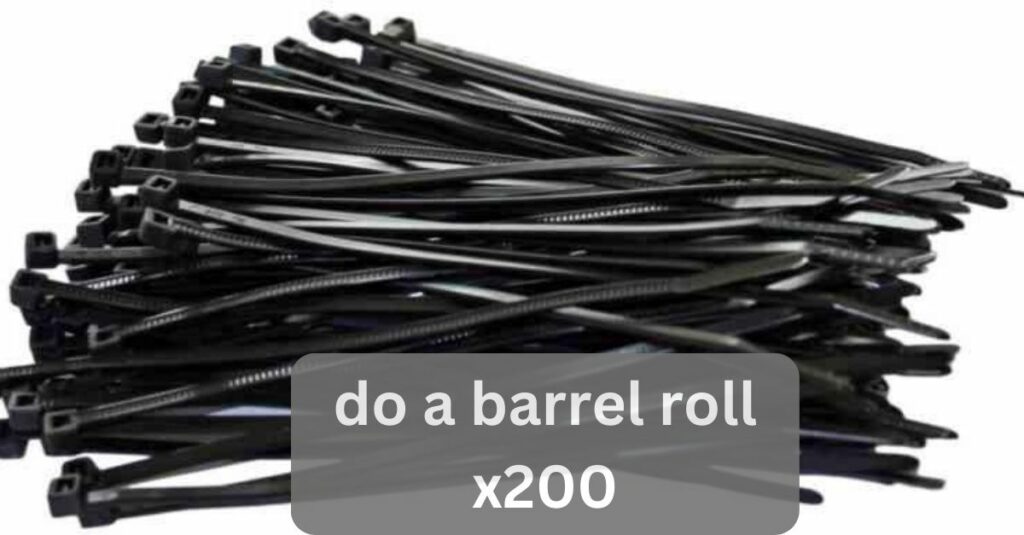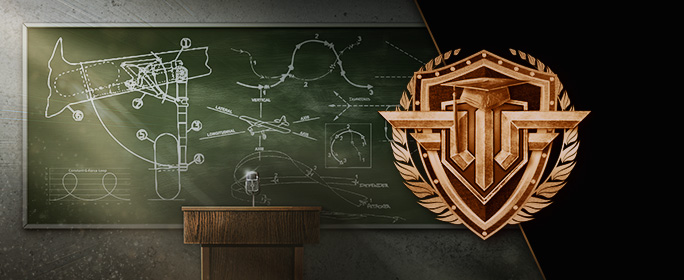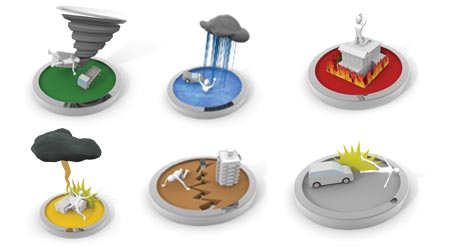do a barrel roll x200

Barrel rolls are not just a flashy move seen in movies or video games; they are a fundamental aerial maneuver utilized in various fields, including aviation, acrobatics, and even in the realm of digital entertainment.
In this comprehensive guide, we delve into the intricacies of barrel rolls, exploring their history, mechanics, applications, and how to execute them proficiently.
What is a Barrel Roll?
A barrel roll is an aerial maneuver where an aircraft rotates on both its longitudinal and lateral axes simultaneously, resulting in a corkscrew-like motion. Unlike aileron rolls, which involve a simple rotation around the longitudinal axis, a barrel roll combines rolling and pitching movements to create a distinctive spiral trajectory.
History and Origins:
The term “barrel roll” traces its origins back to the early days of aviation, with its name derived from the motion’s resemblance to a barrel rolling along the ground. Although the exact origins are debated, barrel rolls became popularized during World War I as pilots experimented with new aerial maneuvers to outmaneuver opponents and evade enemy fire.
Mechanics of a Barrel Roll:
Executing a barrel roll requires precise control over the aircraft’s controls, including the ailerons, elevator, and rudder. The maneuver begins with a coordinated input of control surfaces to initiate the roll and pitch simultaneously. As the aircraft rotates along its longitudinal axis, the pilot must maintain a constant angle of attack to ensure a smooth and controlled motion throughout the maneuver.
Applications in Aviation:

Barrel rolls have practical applications in aviation beyond just aerial acrobatics. Pilots may use barrel rolls to evade threats, such as incoming missiles or hostile aircraft, by quickly changing the aircraft’s orientation and trajectory. Additionally, barrel rolls are sometimes employed in aerobatic displays, adding flair and excitement to airshows and demonstrations.
Safety Considerations:
While barrel rolls can be visually stunning, they also carry inherent risks, especially if executed improperly or at low altitudes. Pilots must undergo rigorous training to master the maneuver and understand its aerodynamic principles thoroughly. Safety precautions, such as maintaining sufficient altitude and airspeed, are paramount to mitigate the risk of a loss of control or overstressing the aircraft.
Mastering the Barrel Roll:
Becoming proficient in barrel rolls requires practice, patience, and a solid understanding of aerodynamics. Pilots often start with basic aerobatic training before progressing to more advanced maneuvers like the barrel roll. Simulator training can also provide a safe environment for pilots to hone their skills and familiarize themselves with the intricacies of the maneuver before attempting it in real flight conditions.
The Physics Behind Barrel Rolls:

Understanding the underlying physics of barrel rolls is crucial for mastering this maneuver. As the aircraft initiates the roll, the ailerons create differential lift, causing one wing to generate more lift than the other, resulting in the desired roll motion. Simultaneously, the elevator controls the aircraft’s pitch, tilting the nose up or down to maintain the desired trajectory.
This coordinated interaction between roll and pitch forces allows the aircraft to follow a curved path through the air, resembling the shape of a barrel. A grasp of these principles enables pilots to execute precise and controlled barrel rolls with confidence.
Advanced Techniques and Variations:
Beyond the basic barrel roll, pilots can explore a myriad of advanced techniques and variations to enhance their aerial repertoire. One such variation is the slow barrel roll, where the aircraft performs the maneuver at a reduced airspeed, requiring meticulous control and timing to maintain stability throughout the rotation.
Inverted barrel rolls invert the aircraft’s orientation during the maneuver, adding an extra layer of complexity and skill. Additionally, combinations of barrel rolls with other maneuvers, such as loops or Immelmann turns, create dynamic sequences that challenge pilots’ agility and creativity in the air.
Read effective desert nguyen duy tri • acid madness • 2023
Real-World Applications Beyond Aviation:
While barrel rolls are synonymous with aviation, their principles extend beyond the confines of the cockpit into various real-world applications. In the realm of digital entertainment, barrel rolls feature prominently in video games, where players pilot virtual aircraft through high-stakes aerial dogfights and daring stunts. Moreover, the principles of aerodynamics underlying barrel rolls find application in fields such as robotics and engineering, influencing the design and control of autonomous vehicles and aerial drones. Understanding these broader applications highlights the versatility and relevance of barrel rolls in diverse domains.
Safety Protocols and Emergency Procedures:

Safety is paramount in aviation, and pilots must adhere to strict protocols and emergency procedures when performing barrel rolls or any aerobatic maneuvers. Pre-flight checks ensure that the aircraft is in optimal condition, with particular attention to control surfaces and structural integrity.
During the maneuver, pilots must maintain situational awareness, monitoring altitude, airspeed, and G-forces to prevent overstressing the aircraft or endangering occupants. In the event of an emergency or loss of control, pilots are trained to execute recovery procedures promptly, including leveling the wings and applying appropriate control inputs to regain stability and altitude.
These safety protocols and procedures mitigate risks and ensure the safe execution of barrel rolls in both training and real-world scenarios.
Mastering the Barrel Roll: A Step-by-Step Guide:
Achieving proficiency in barrel rolls requires a systematic approach and disciplined practice. This step-by-step guide breaks down the maneuver into its constituent elements, providing pilots with a clear roadmap to mastery. Starting with the fundamentals of aircraft control and aerodynamics, pilots learn the principles underlying barrel rolls before progressing to practical exercises and simulations. Through incremental practice and feedback, pilots refine their technique, honing their skills until they can execute barrel rolls confidently and consistently in various flight conditions.
The Artistry of Barrel Rolls in Aerial Performances:
Barrel rolls transcend mere technical proficiency, evolving into a form of aerial artistry showcased in airshows and aerobatic competitions worldwide. Pilots harness the beauty and grace of the maneuver, choreographing sequences that captivate audiences with their precision and elegance.
From synchronized formations to solo displays of skill, the artistry of barrel rolls adds a dynamic dimension to aerial performances, leaving spectators in awe of the pilots’ mastery of flight. Exploring the intersection of creativity and skill, this heading delves into the spectacle and spectacle of barrel rolls in the world of aerial entertainment.
Conclusion:
The barrel roll remains a timeless aerial maneuver that continues to captivate audiences and challenge pilots worldwide. Whether performed in the heat of combat or as a dazzling display of skill and precision, mastering the barrel roll requires dedication, training, and a deep appreciation for the artistry of flight.
By understanding its history, mechanics, and applications, pilots can unlock the full potential of this iconic maneuver and elevate their flying prowess to new heights.
Read Also:






